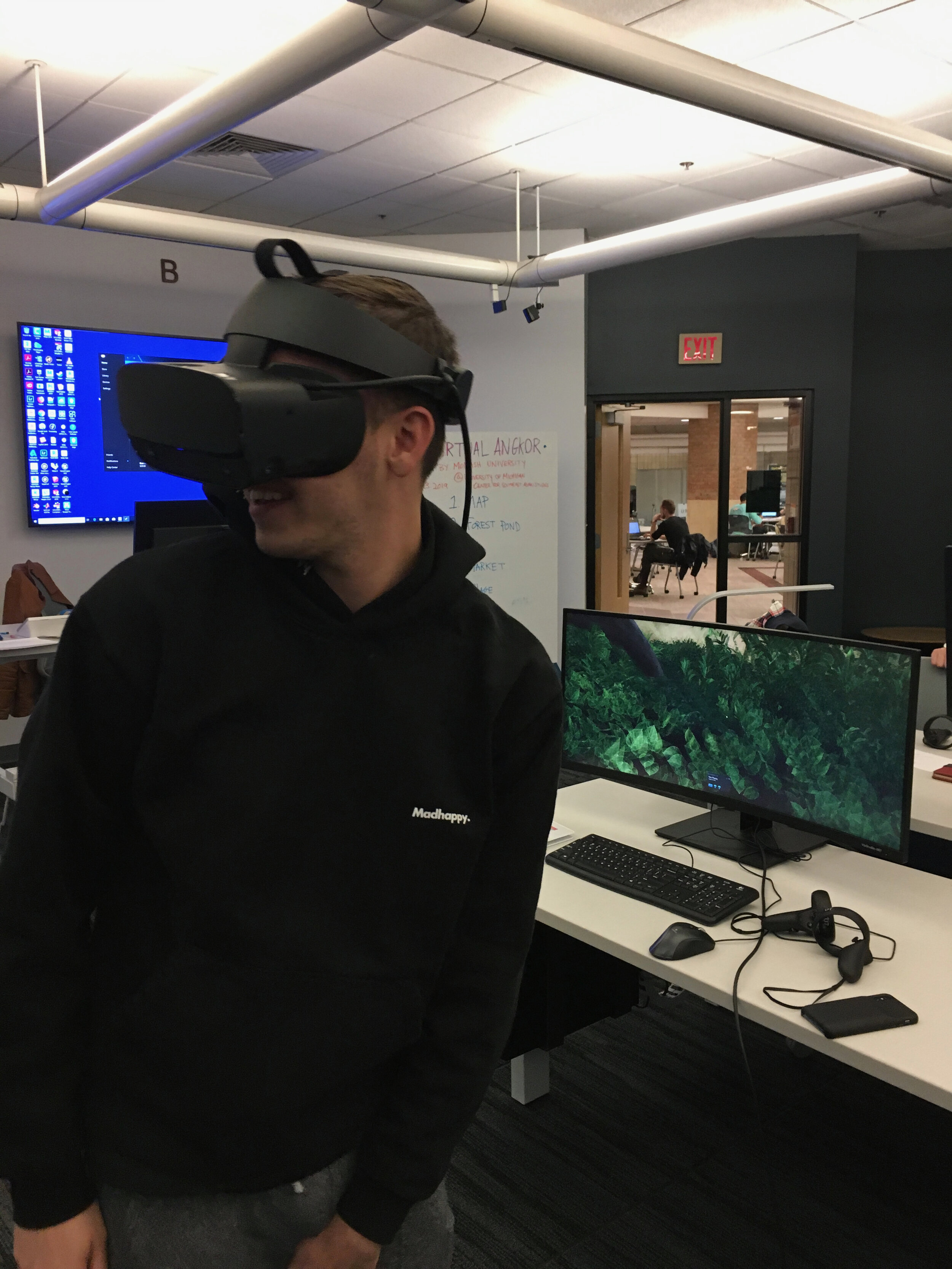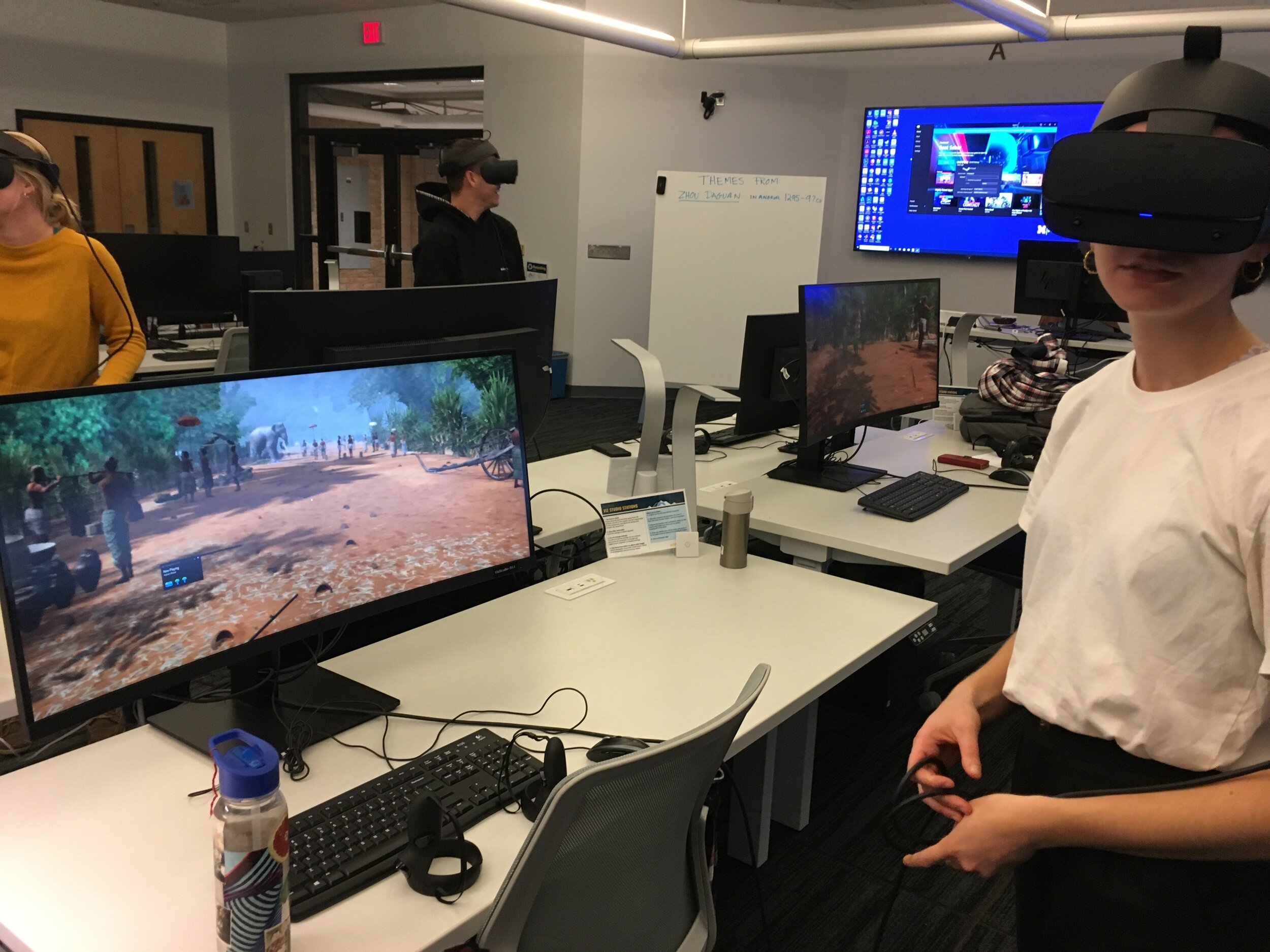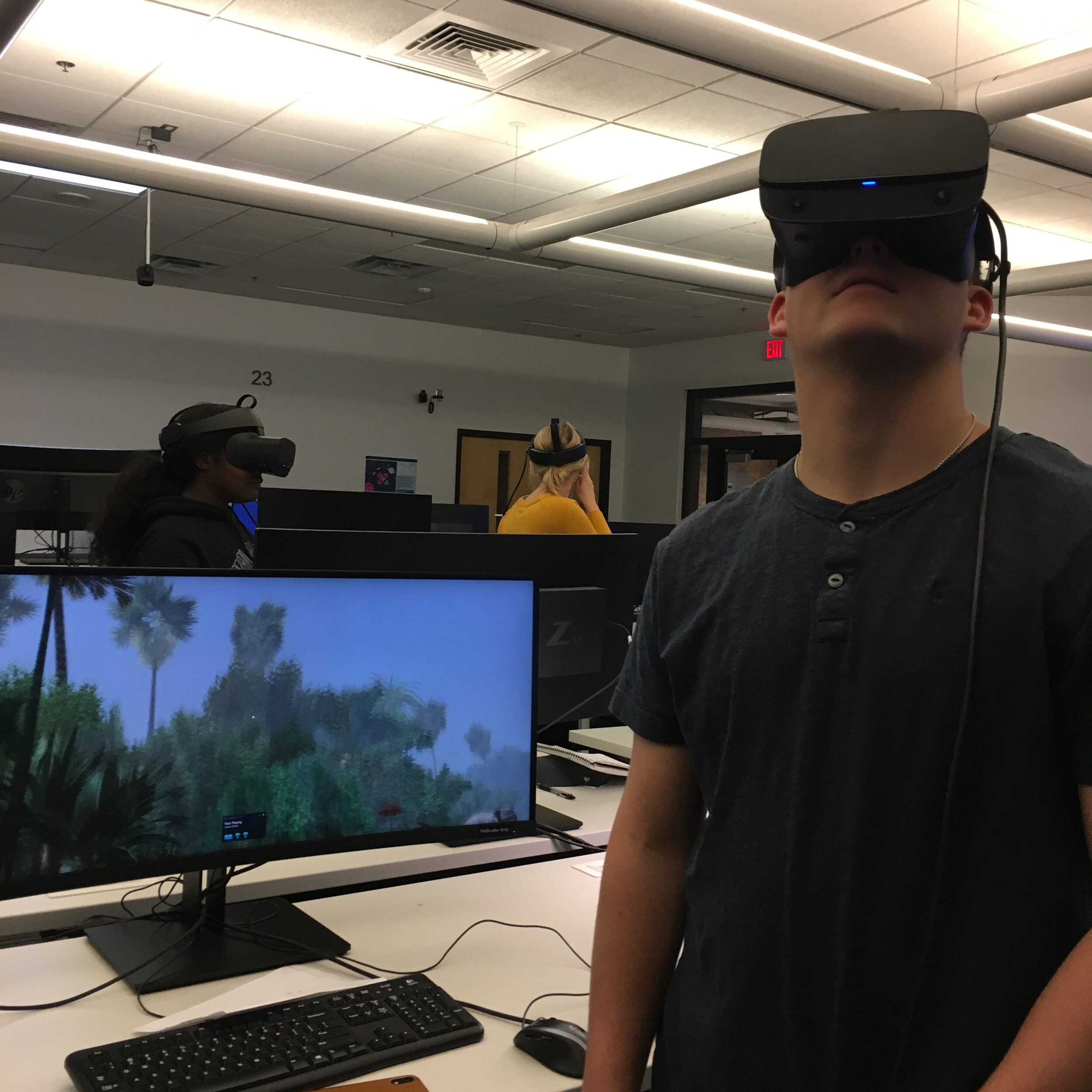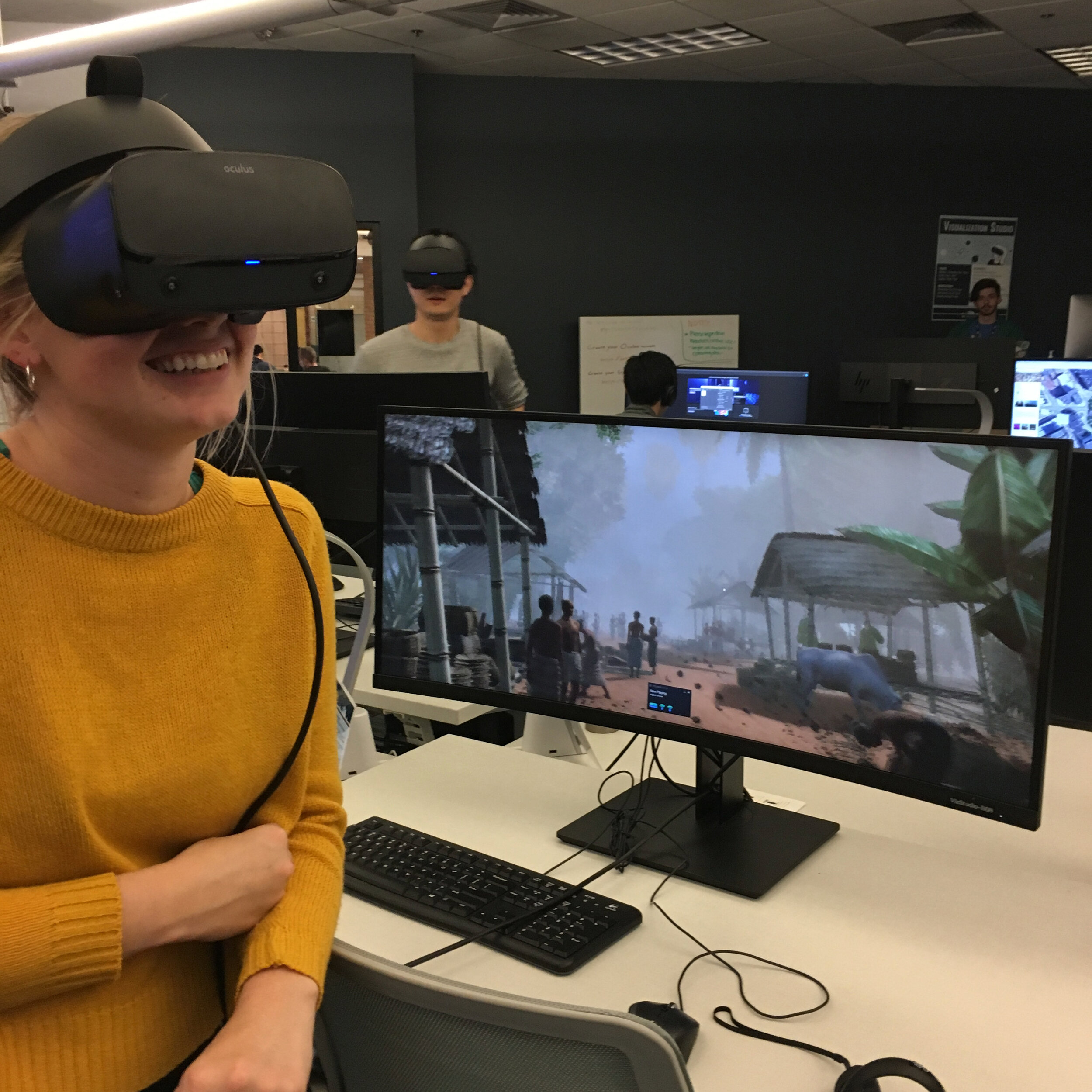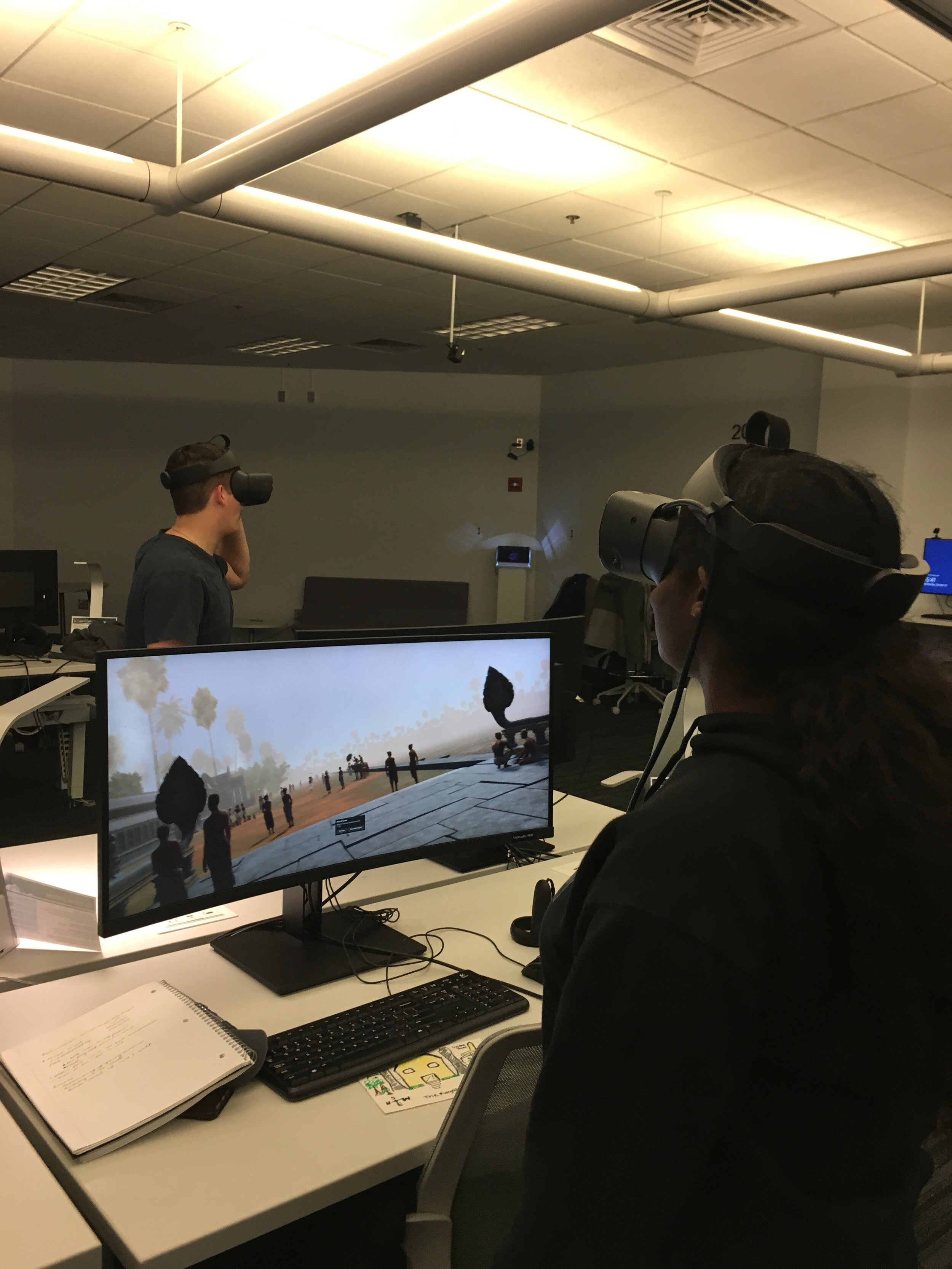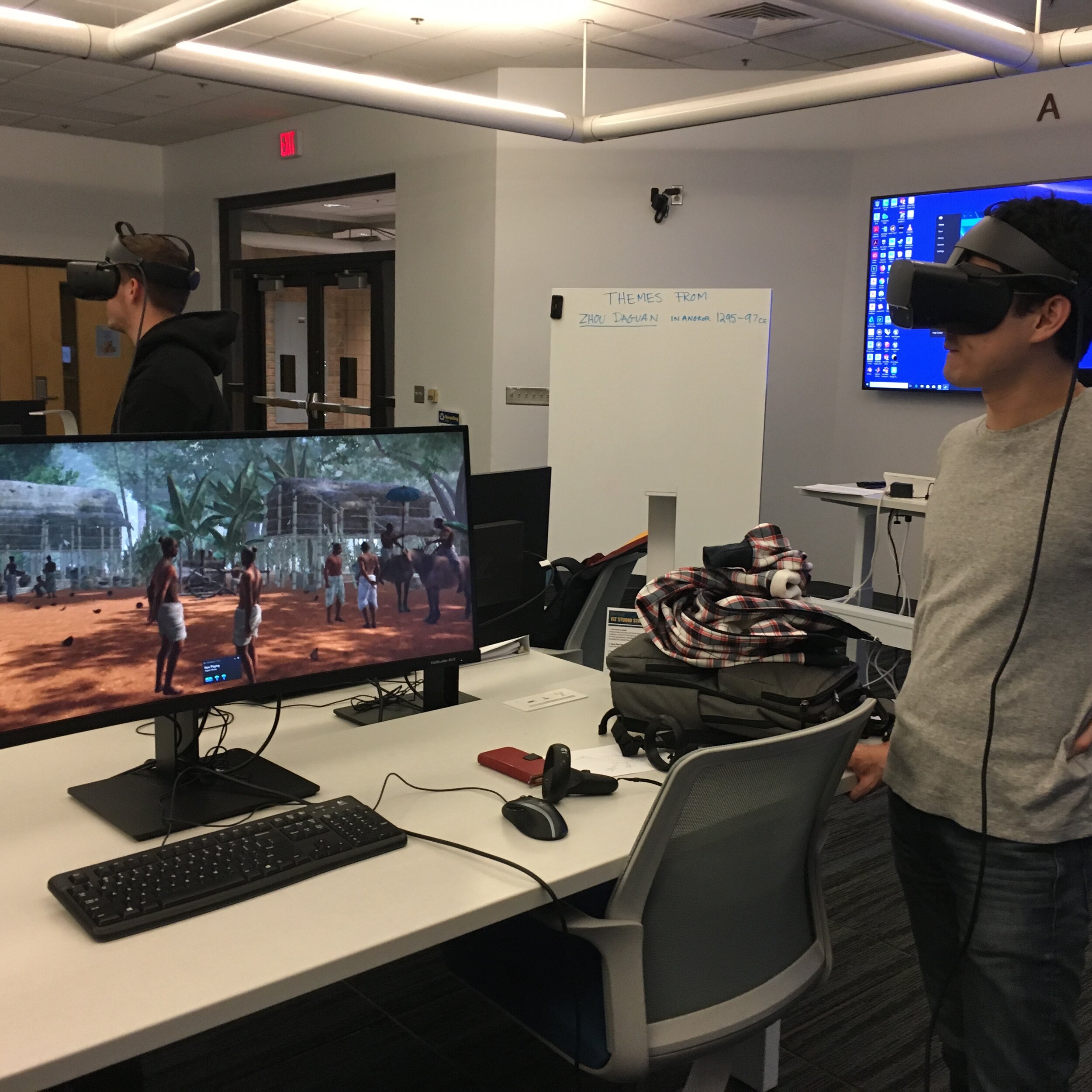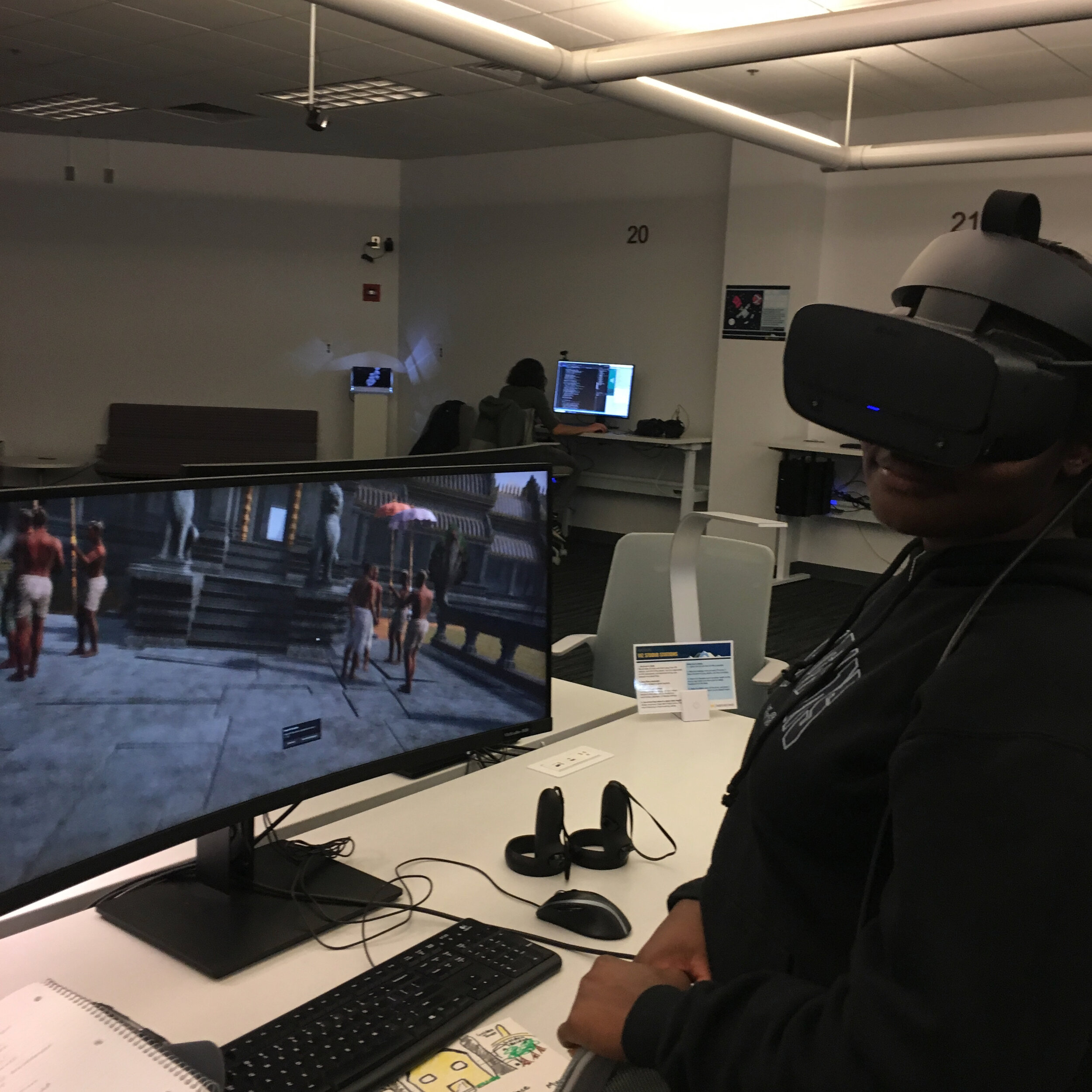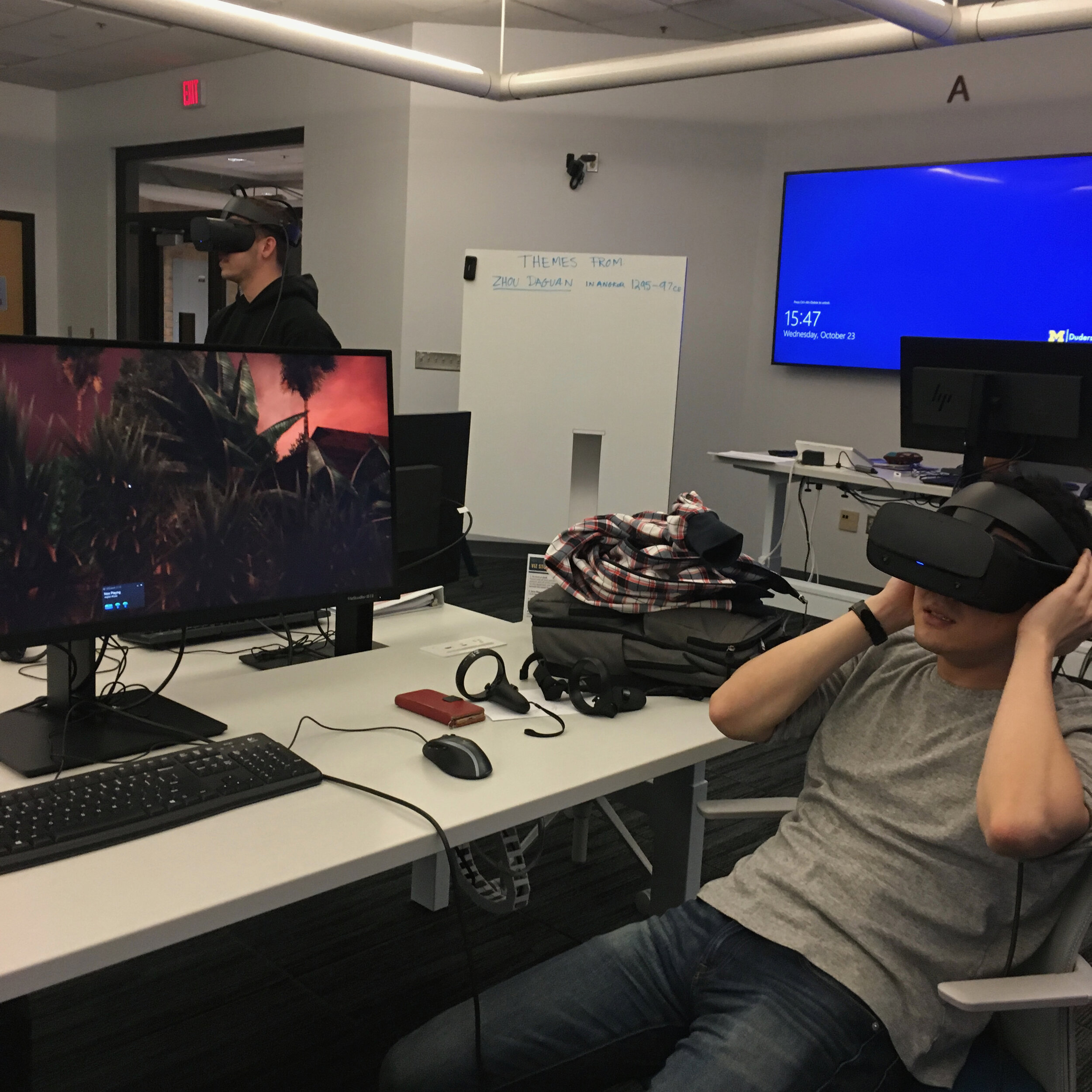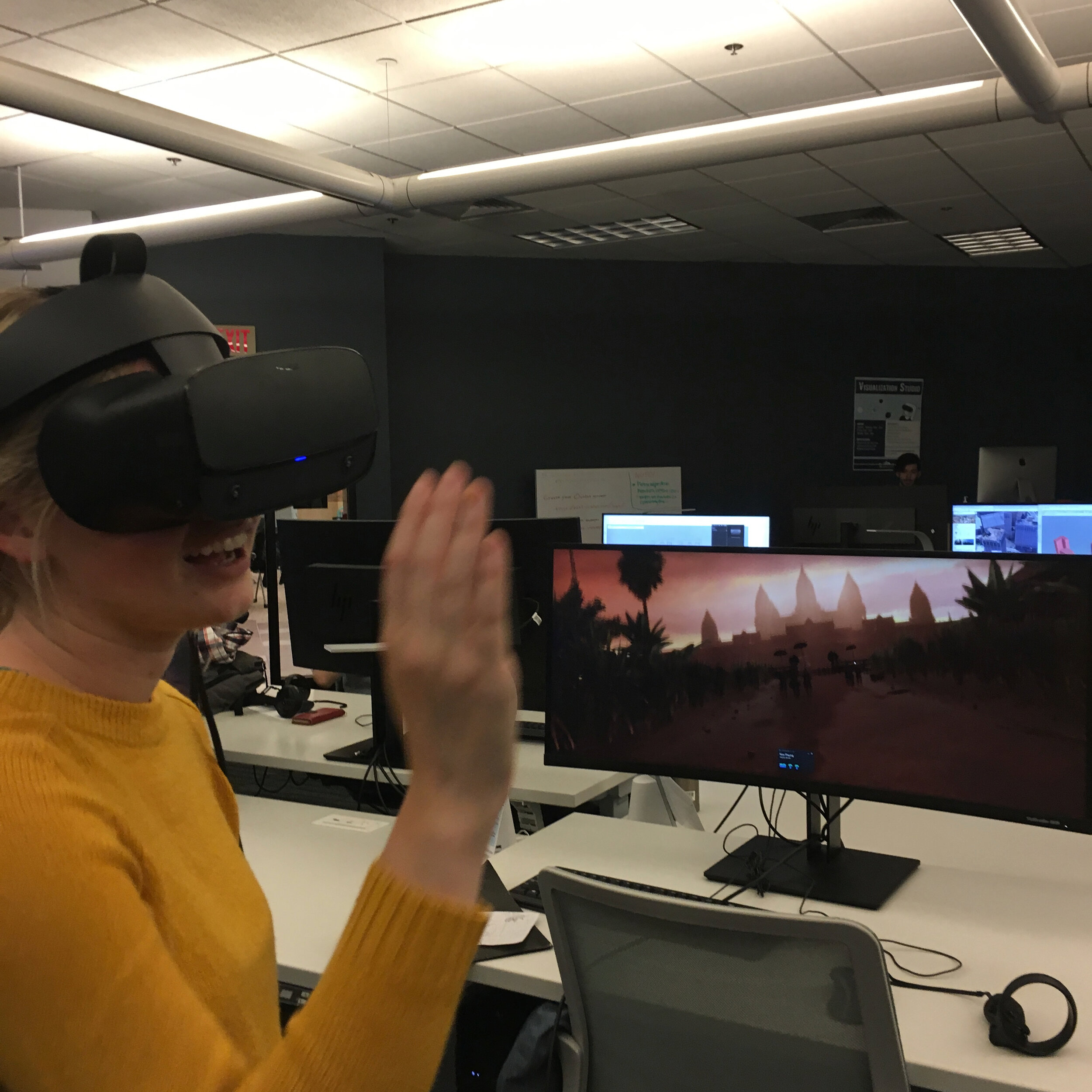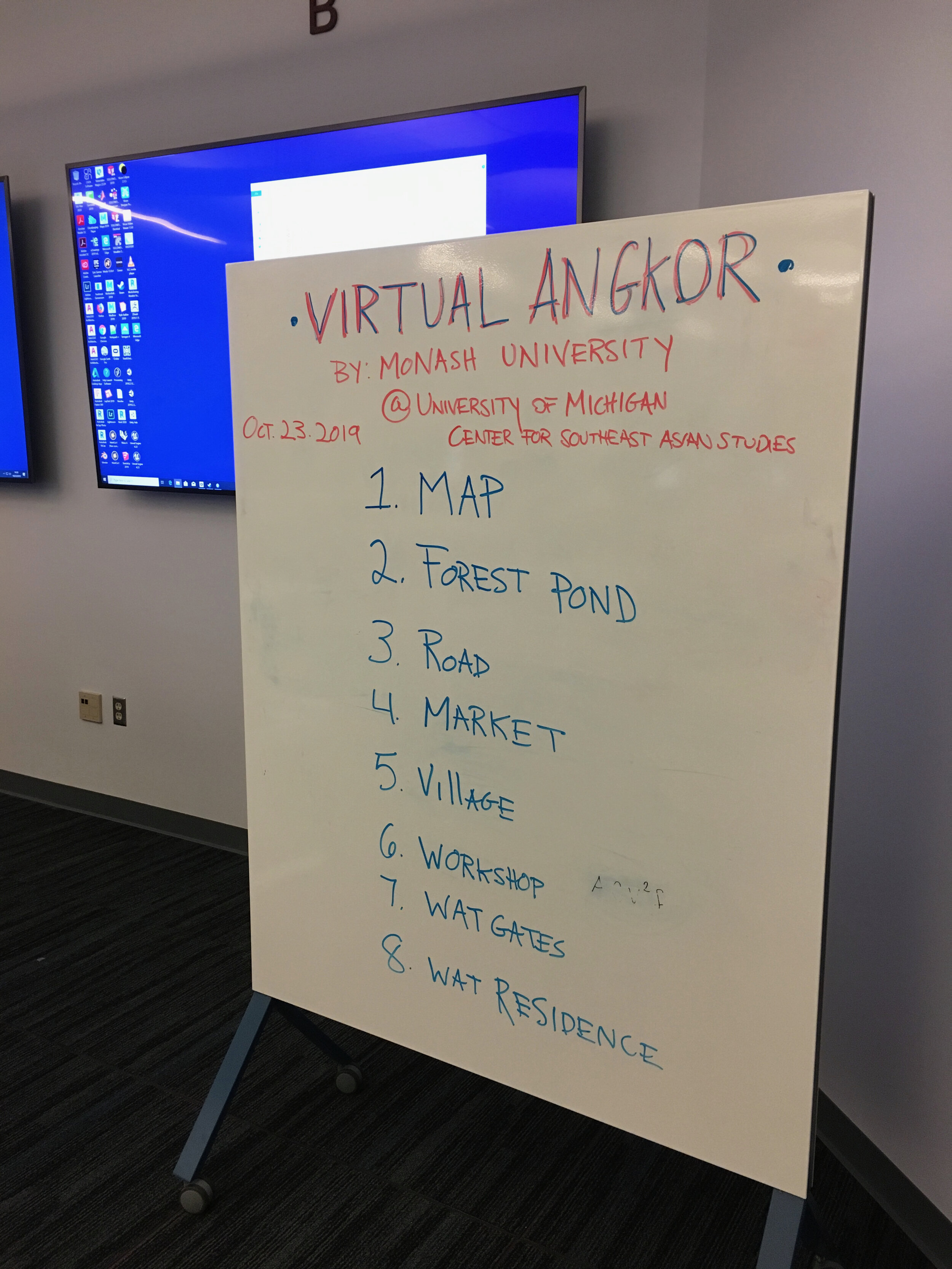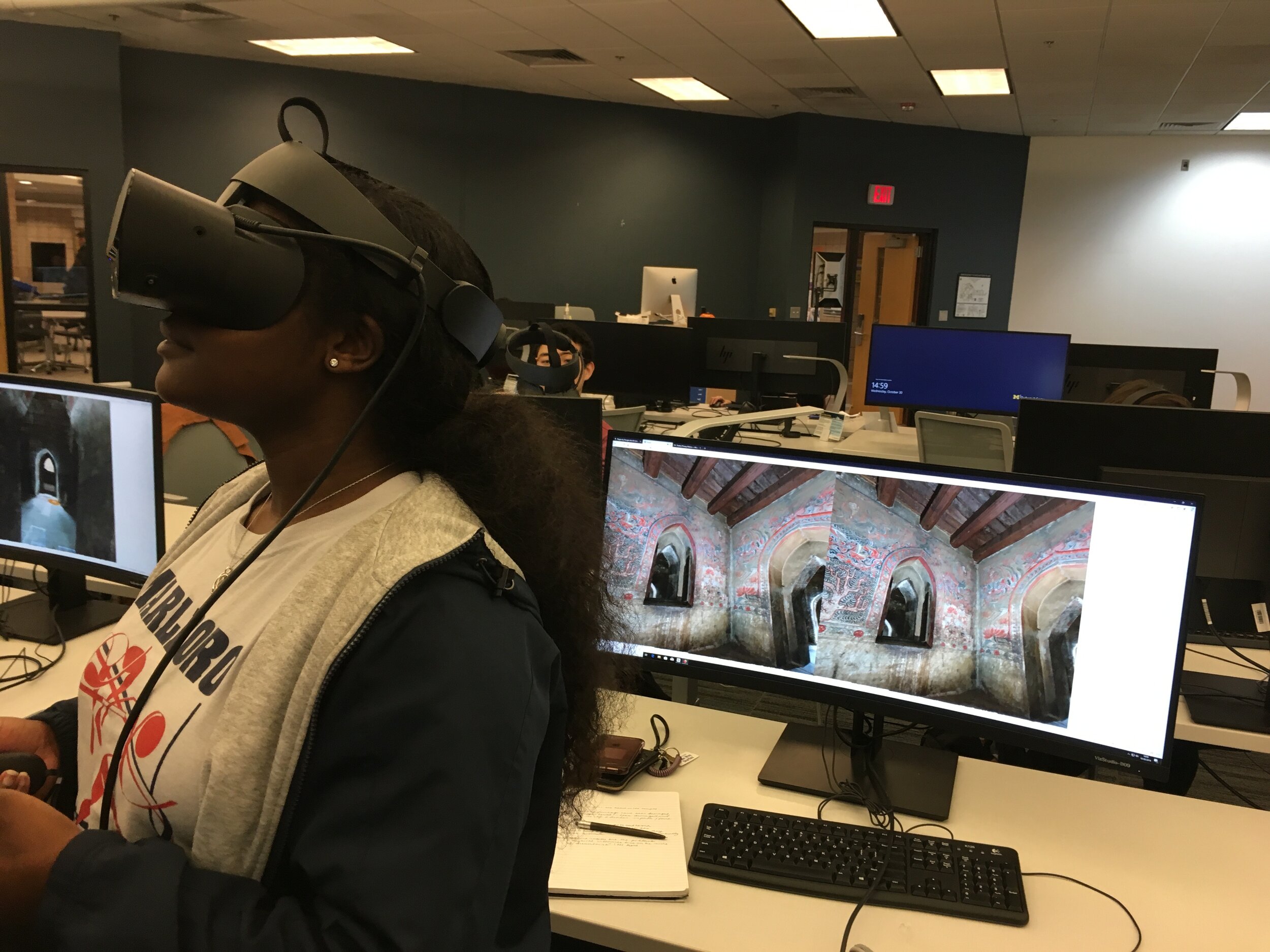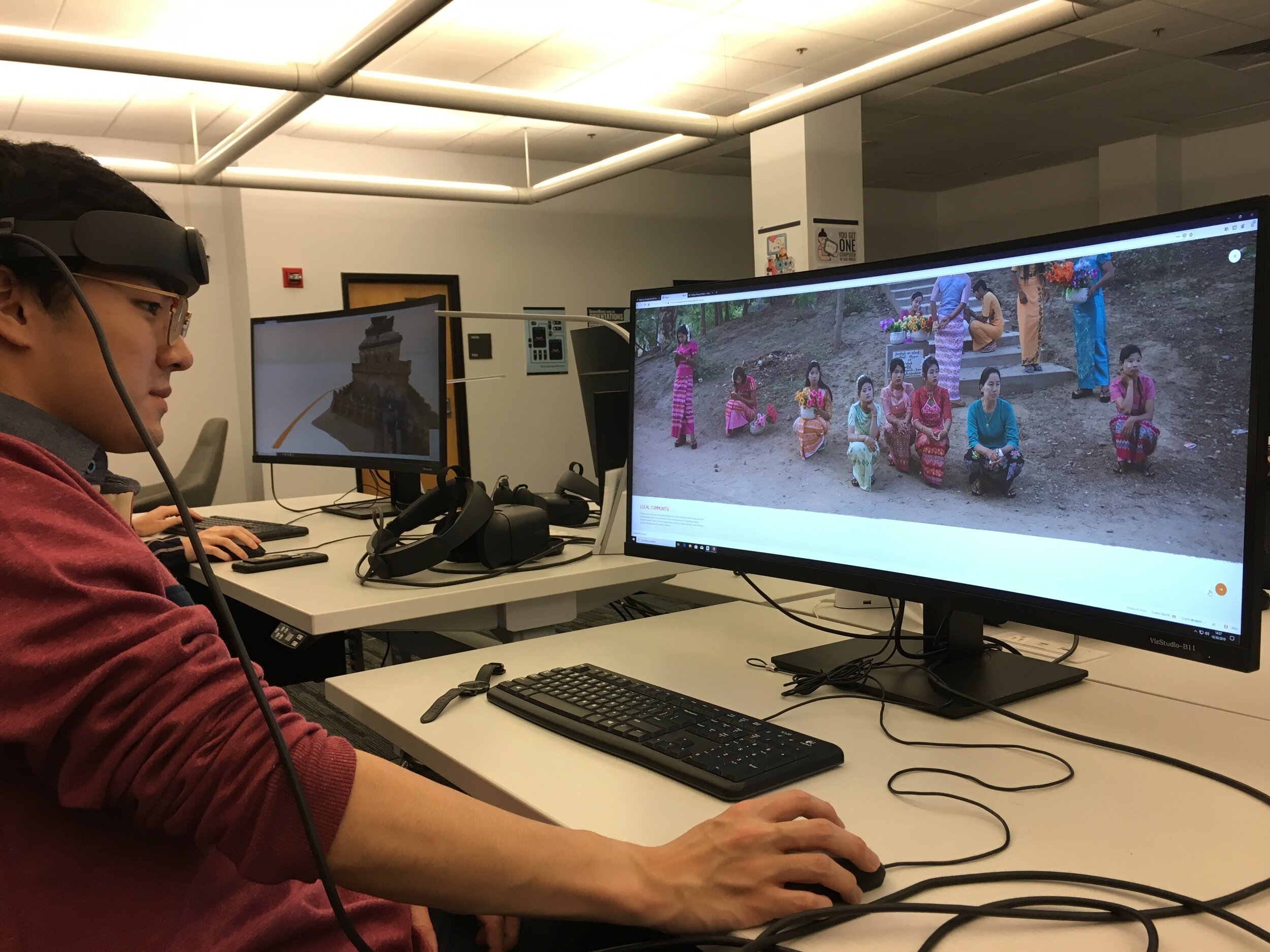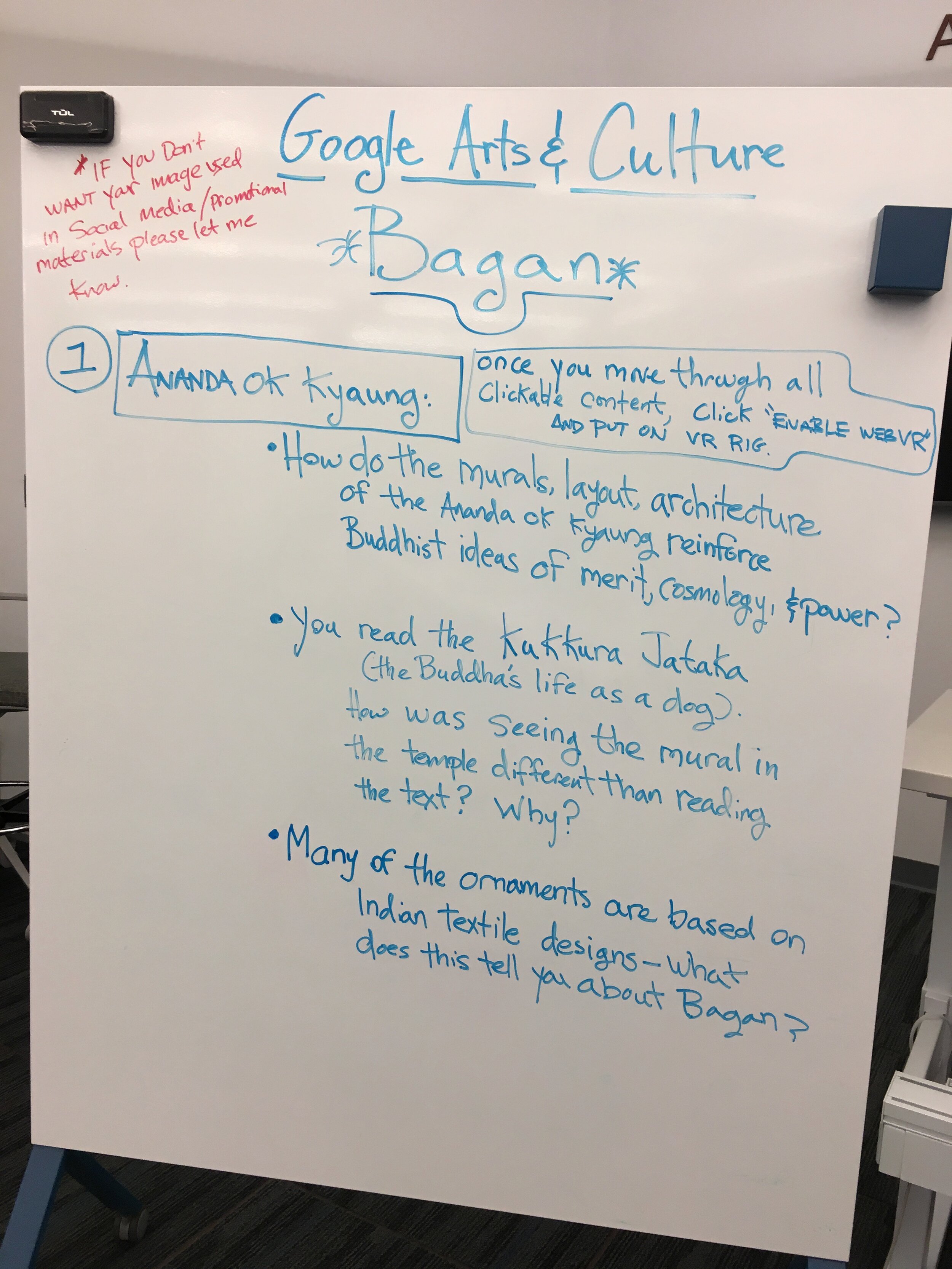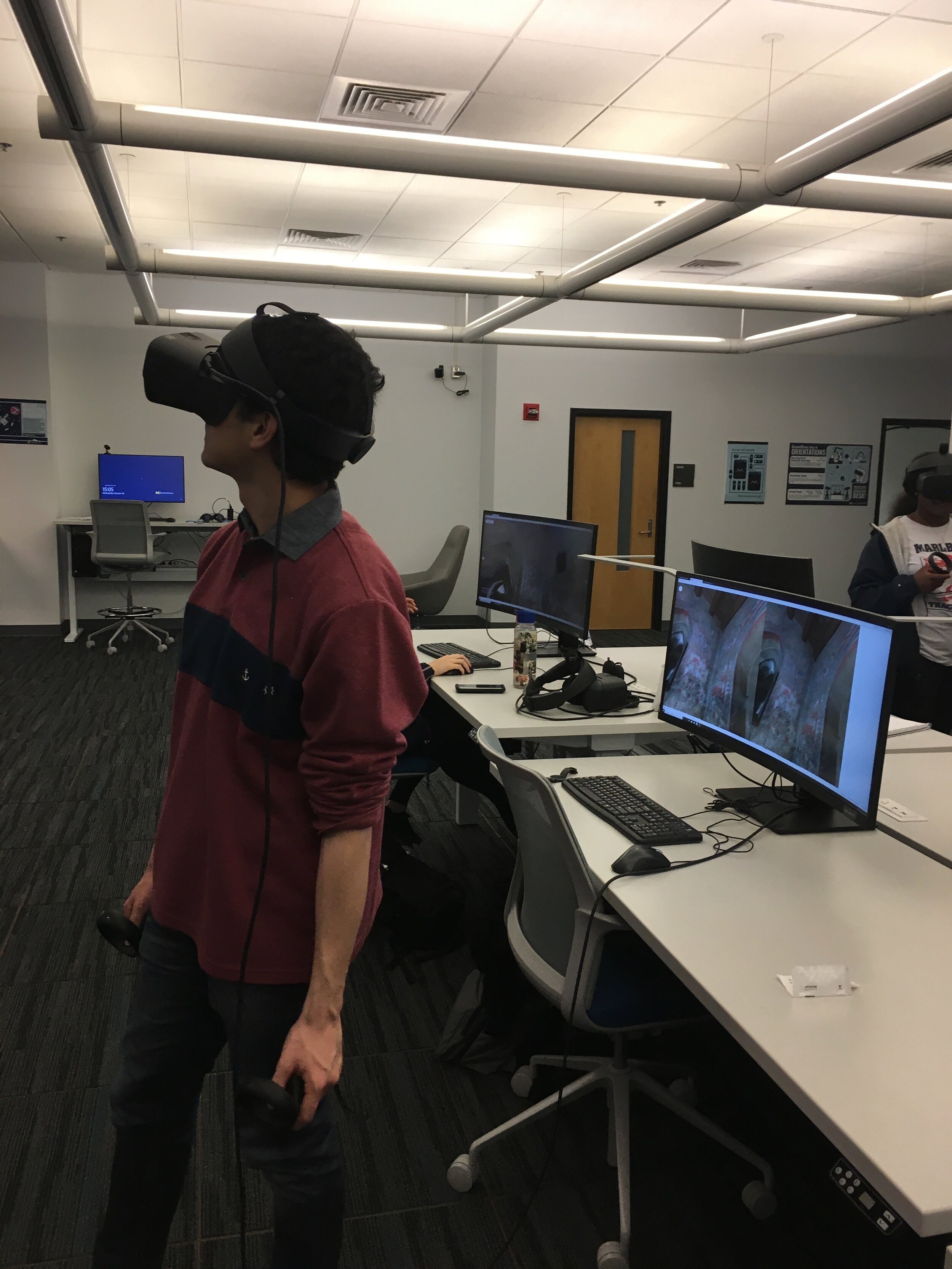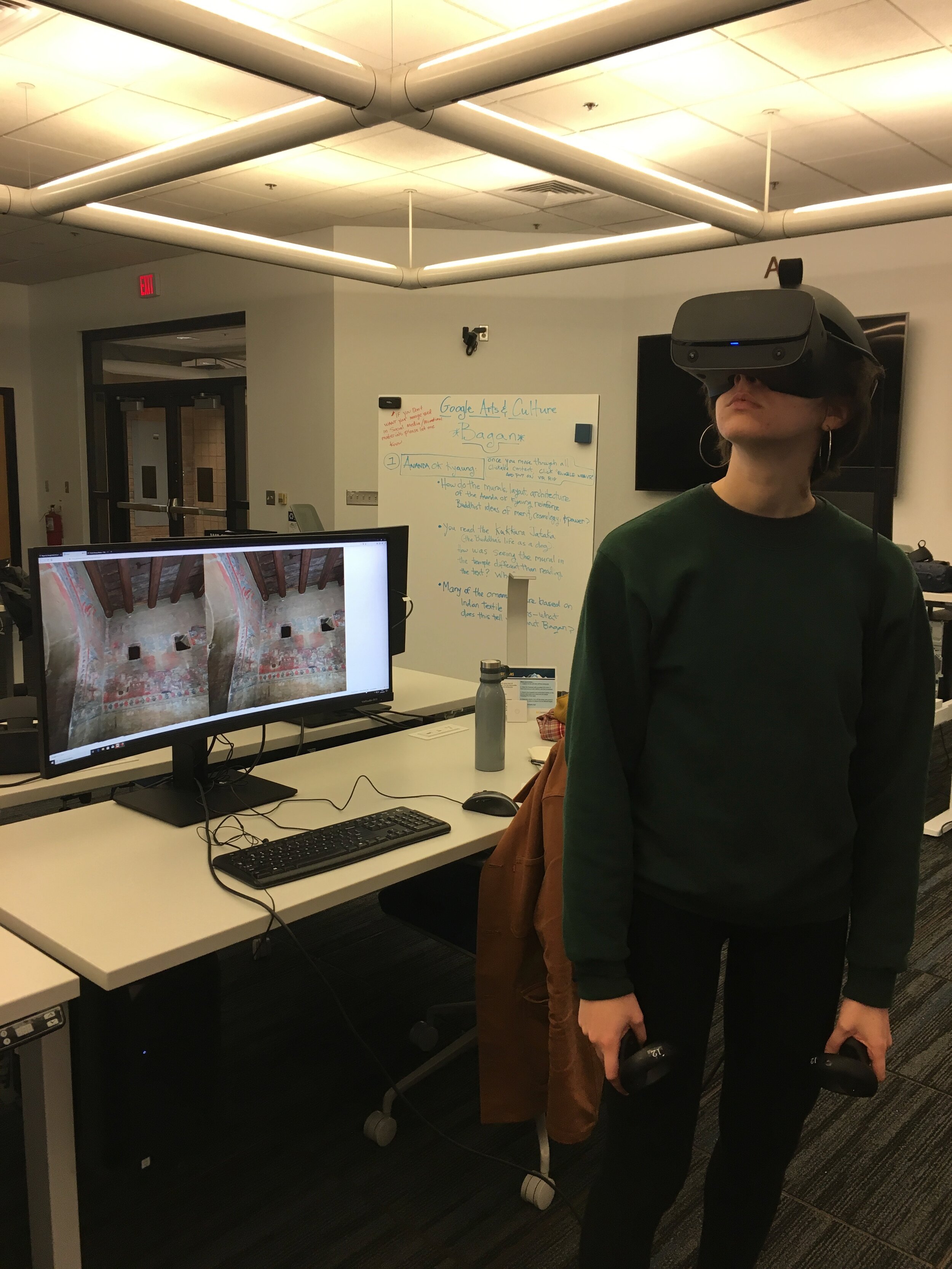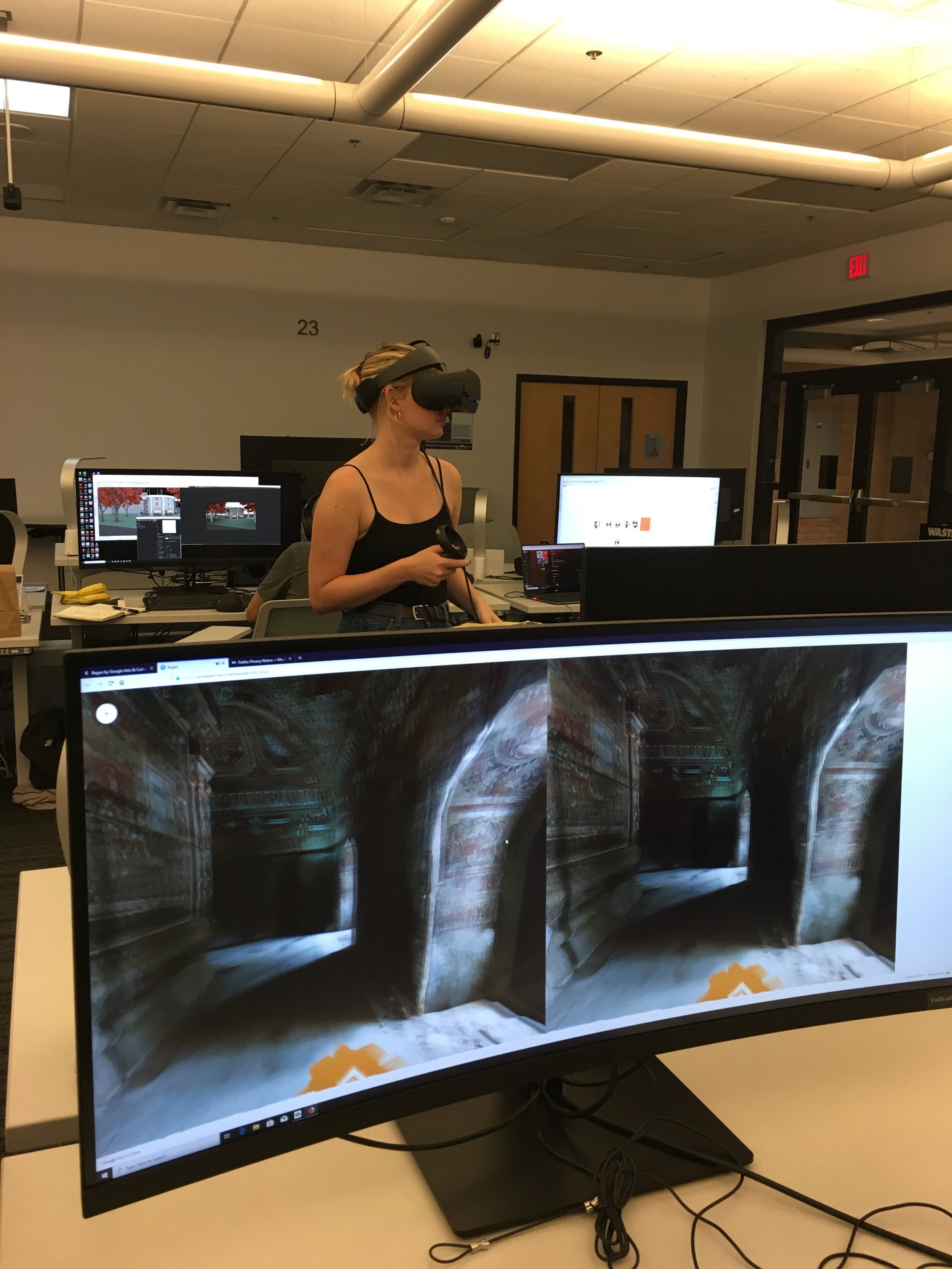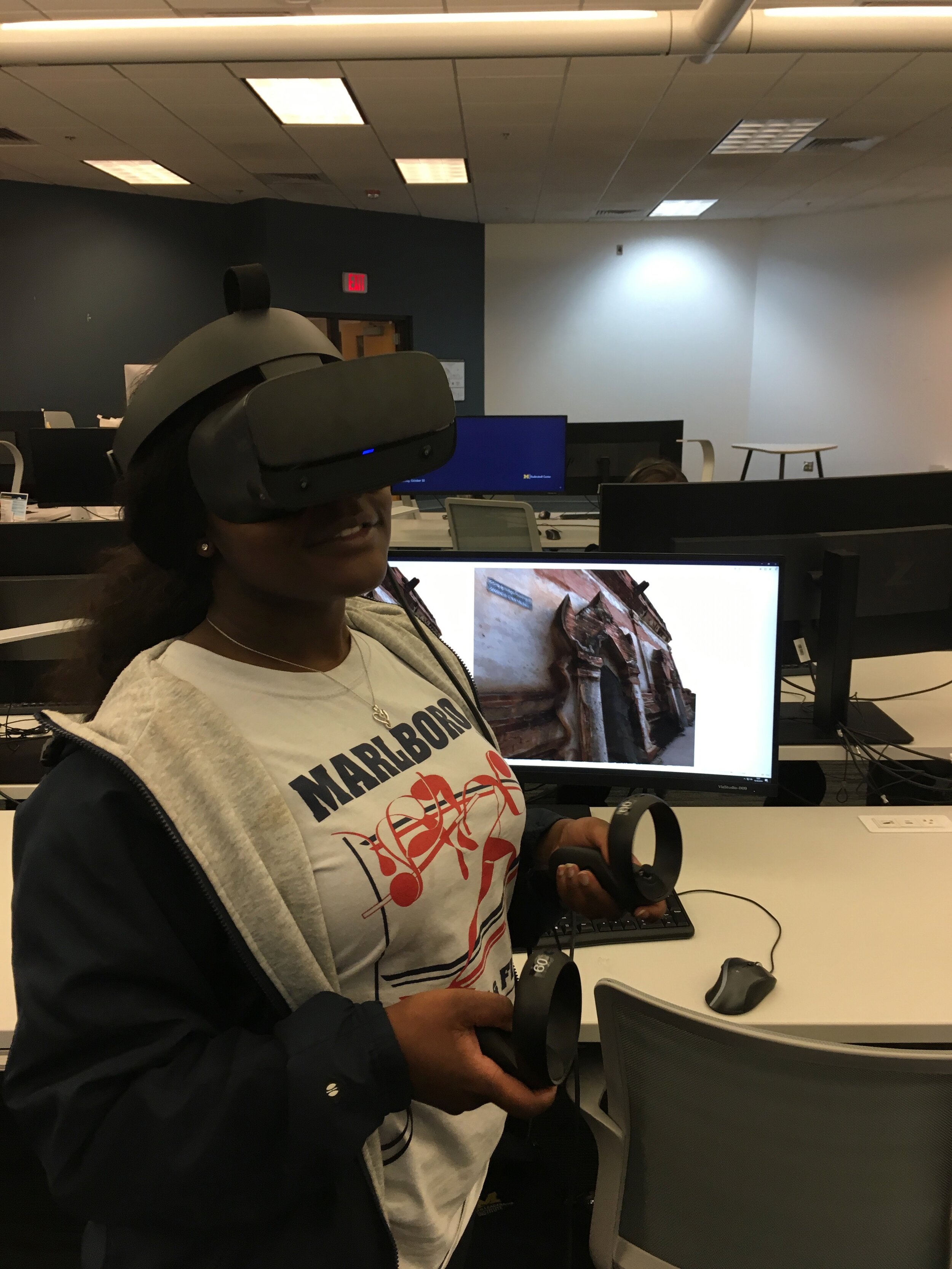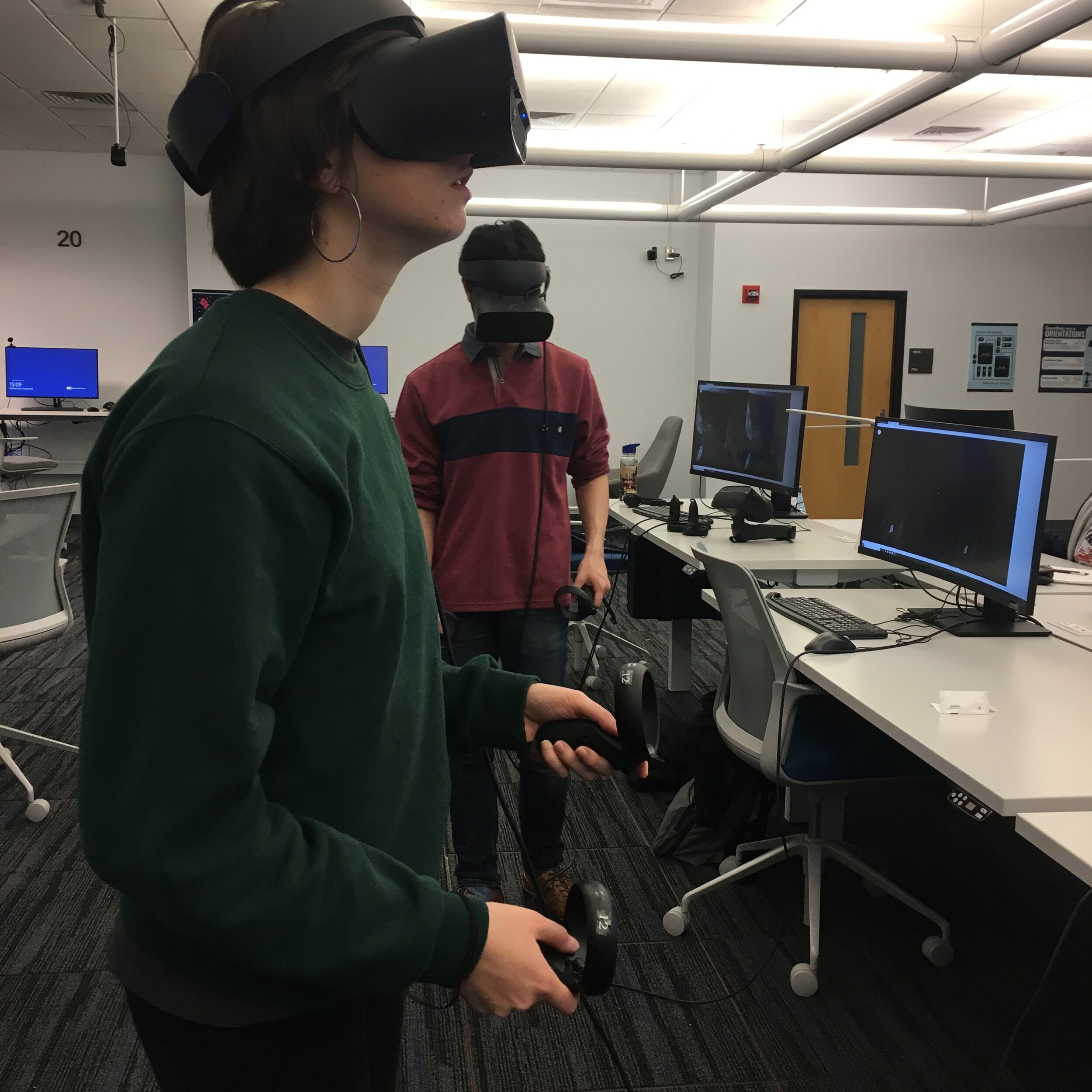Virtual reality
in the classroom
Utilizing the resources at the University of Michigan’s Visualization Studio, students in my “Power of Place in Southeast Asia: Religion, Politics, and Geography” class immersed themselves in virtual recreations of thirteenth-century Angkor and photogrammetric representations of temple ruins at Bagan, Myanmar.
VIRTUAL ANGKOR
In collaboration with the team at www.virtualangkor.com I developed course content based around new 3D scenes created by Virtual Angkor in reference to Zhou Daguan’s thirteenth-century text A Record of Cambodia: It’s Land and People (translated by Peter Harris 2007). Students read all of Zhou Daguan’s text and then toured through eight distinct scenes provided by Virtual Angkor.
Bagan, Myanmar
The next week we explored the temples of Bagan featured in Google Arts and Culture Experiment-Bagan. Students transitioned from Angkor to Bagan by reading Alexander Koller’s “Architectural Design at Bagan and Angkor: A Comparison” (2016), and Juliane Schober’s “Mapping the Sacred in Theravada Buddhist Southeast Asia” (2003). A lecture on the concepts of merit, cosmology, Buddhist conceptions of rebirth, and the Jataka tales helped student process some of the differences between Angkor and Bagan. Then, students read the Kukkura Jataka and Anne-Laura Kraak’s “Heritage destruction and cultural rights: insights from Bagan in Myanmar” to prep for the VR experience.

